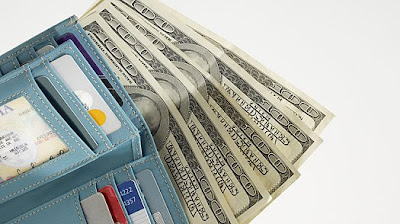A Guide to Retail Data Goldmines
Once upon a time, syndicated data providers were the main source of retail POS data, and what was available was limited and extremely expensive. But times have changed, with richer, more detailed demand data becoming available from more and more sources: syndicated data providers, brokers, third party data managers, and increasingly, retailers themselves — usually for free. But not all consumer goods (CG) companies are aware of who’s sharing and what’s available — even from their own customers. While it’s true that few retailers share data on the level of Walmart with its Retail Link® portal, more and more are grasping the benefits of enabling their suppliers to access store-level sales and inventory information in virtually real time, and taking steps to make it more available. Store-level demand sensing is the fuel that fires a responsive, profit-enhancing CG demand chain. The ultimate goal is a robust analytics solution that drives actionable business decisions, from supply and
